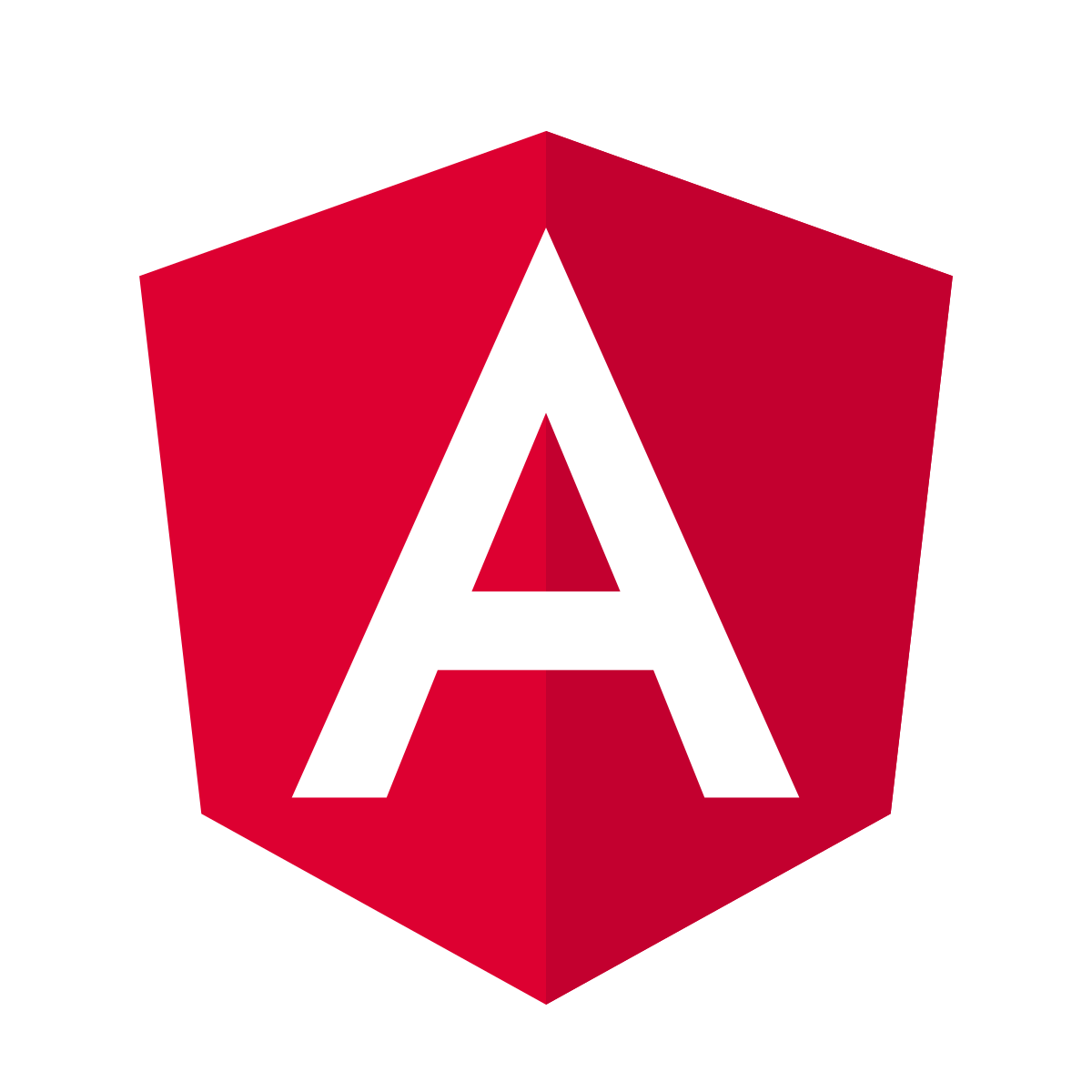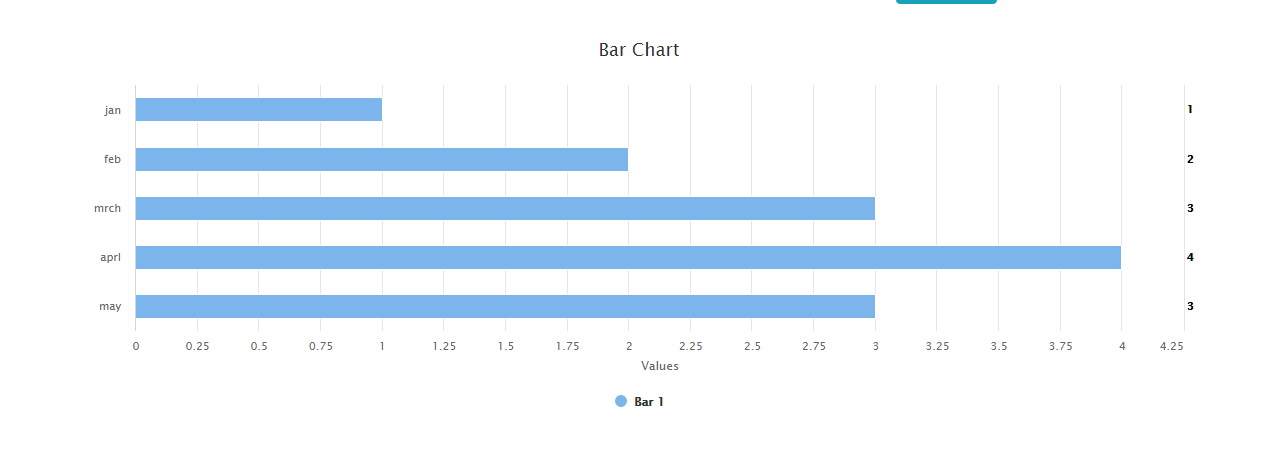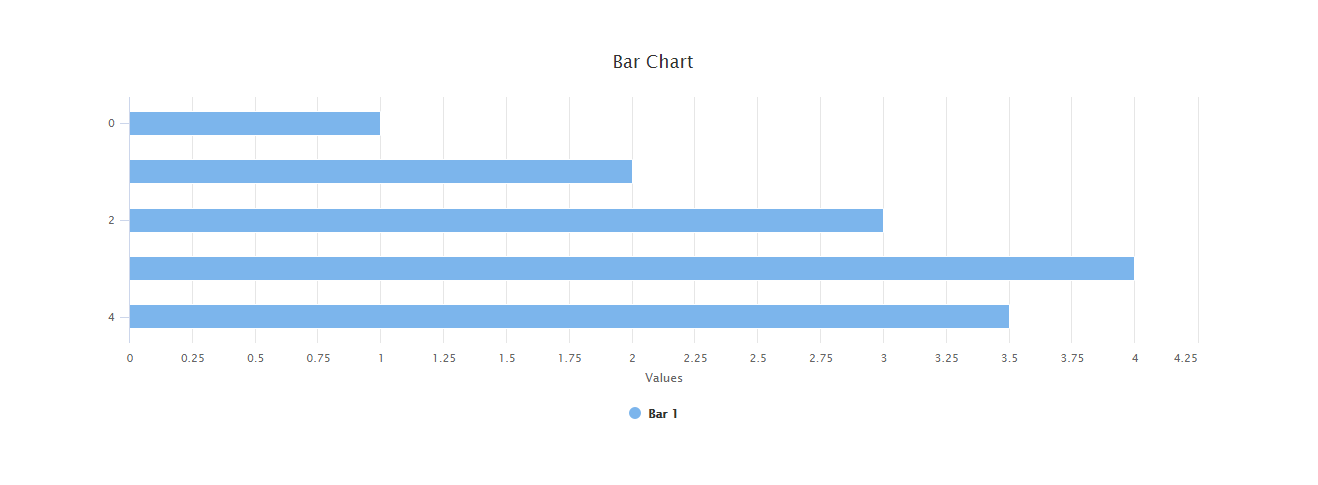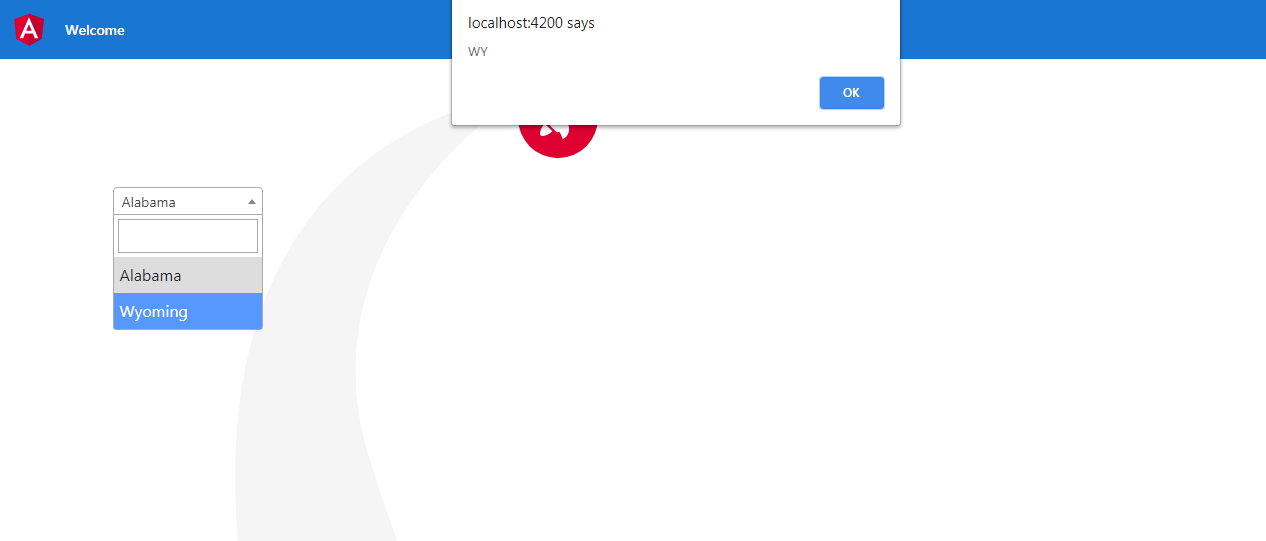Author: therichpost
-
Angular 10 Material Carousel Slider
Hello to all, welcome to therichpost.com. In this post, I will tell you, Angular 10 Material Carousel Slider. Guys here is the updated Material Carousel for Angular 11+ : Angular 11 Material Carousel Angular 10 came and if you are new in Angular 10 then please check below links: Angular 10 for beginners Angular 10…
Written by

-
Angular 10 ag-Grid Show Hide Columns
Hello to all, welcome to therichpost.com. In this post, I will tell you, Angular 10 ag-Grid Show Hide Columns. Post Working: In post, I am showing you, how to show hide columns in ag-grid on button click in angular 10 application. Angular 10 came. If you are new in Angular 10, then please check below…
Written by

-
Angular 10 ag-Grid Delete Selected Row
Hello to all, welcome to therichpost.com. In this post, I will tell you, Angular 10 ag-Grid Delete Selected Row. Post Working: In post, I am showing you, how to delete selected row to ag-grid on button click in angular 10 application. Angular 10 came. If you are new in Angular 10, then please check below…
Written by

-
Angular 8/9/10 HighCharts Show Data Labels to Right
Hello to all, welcome to therichpost.com. In this post, I will tell you, Angular 8/9/10 HighCharts Show Data Labels to Right. Angular 10 came and if you are new in Angular then please check below links: Angular 10 Tutorials Angular 9 Tutorials Angular 8 Tutorials Angular learning Here is the code snippet and please follow…
Written by

-
Angular 8/9/10 HighCharts Working Example
Hello to all, welcome to therichpost.com. In this post, I will tell you, Angular 8/9/10 HighCharts Working Example. Here is the working code snippet and please use carefully: 1. Here are the basics commands, you need to use into your terminal or command prompt to install Angular 10 fresh set up: npm install -g @angular/cli…
Written by

-
How to create your first website in Angular 10 -Part 3?
Hello to all, welcome to therichpost.com. In this post, I will tell you, How to create your first website in Angular 10 -Part 3? Here are the other parts of this post: How to create your first website in Angular 10 -Part 1? How to create your first website in Angular 10 -Part 2? Angular…
Written by

-
Angular 10 ag-Grid Add New Row
Hello to all, welcome to therichpost.com. In this post, I will tell you, Angular 10 ag-Grid Add New Row. Post Working: In post, I am showing you, how to add new row to ag-grid on button click in angular 10 application. Angular 10 came. If you are new in Angular 10, then please check below…
Written by

-
How to create your first website in Angular 10 -Part 2?
Hello to all, welcome to therichpost.com. In this post, I will tell you, How to create your first website in Angular 10 -Part 2? Here is the part 1 of this post: How to create your first website in Angular 10 -Part 1? Angular 10 came. If you are new in angular 10 then please…
Written by

-
Angular 9/10 select2 get value onchange event
Hello to all, welcome to therichpost.com. In this post, I will tell you, Angular 9/10 select2 get value onchange event. Angular 10 came. if you are new in angular then please check below two important links: Angular for Beginners Angular 10 basics tutorials Post Working: In this post, I am showing select2 into my Angular…
Written by

-
How to create your first website in Angular 10 -Part 1?
Hello to all, welcome to therichpost.com. In this post, I will tell you, How to create your first website in Angular 10 -Part 1? Angular 10 came and if you are new in angular then please check my below links: Learn Angular Angular Basics Modules This is the part 1 and I will tell you…
Written by
